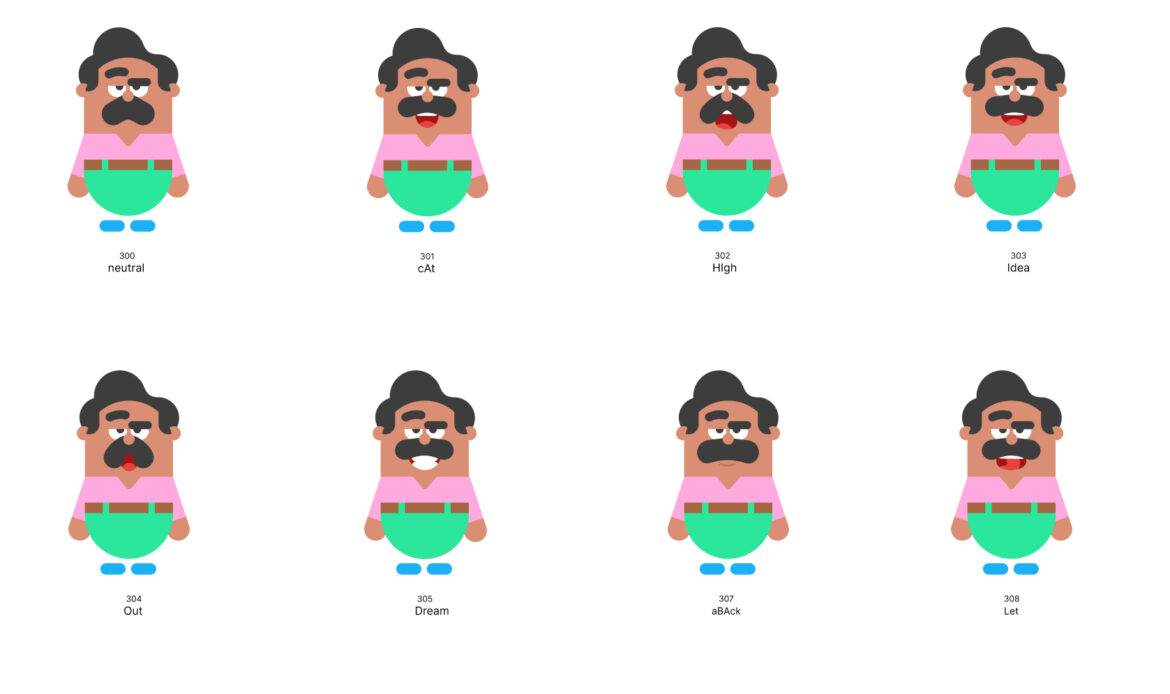By J. Elliott Mendez
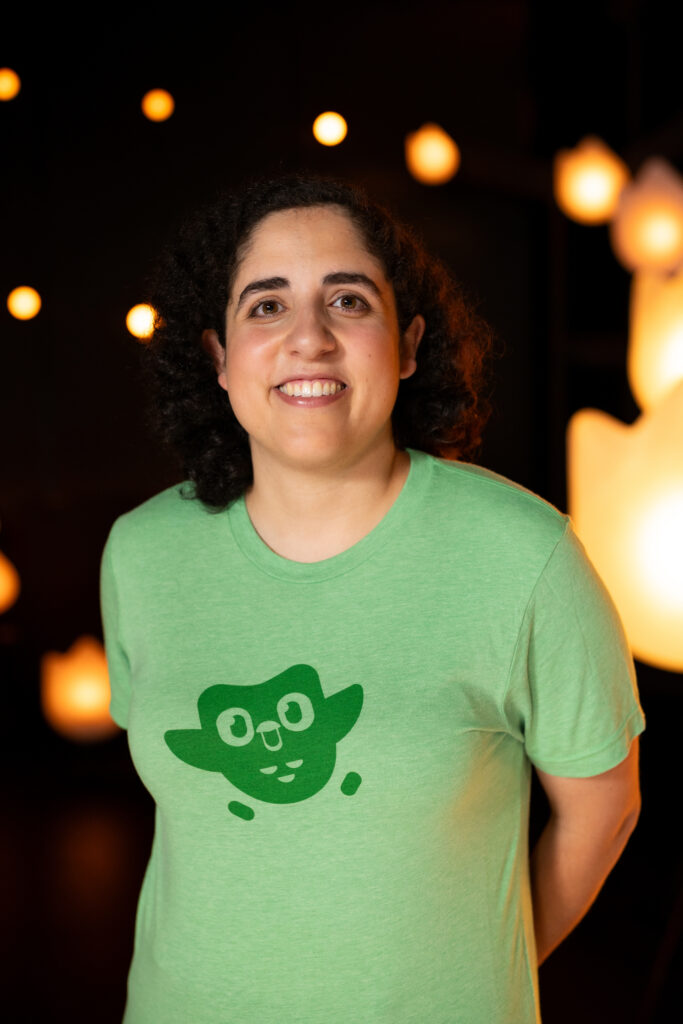
Jasmine Vahidsafa grew up watching her favorite Looney Toons and developed not only a love for animation but a love for a particular style of animation she refers to as “’90s Renaissance Disney.” When given an opportunity to work as an animator on “Space Jam 2,” it was no surprise that she jumped at the chance. What was somewhat surprising was her leap from entertainment animation to education animation and how, in doing so, she landed a role where she could use her passion to help create something new.
Out of this world
“Working on ‘Space Jam’ was pretty exciting,” said Vahidsafa. “It’s kind of funny that I came full circle, that my first major project was something related to a set of cartoon characters that got me interested in art and animation in the first place. So, happy that loop was completed.”
Graduating from Academy of Art University during the COVID-19 pandemic meant slim pickings for various industry gigs—especially entertainment and film. Many projects were paused, and others were operating on skeleton crews. Yet, Vahidsafa landed a prized spot on the “Space Jam” sequel. Her job was to animate highlights, compositing, and Toon Boom setup for the 2D animation featured in the film. She says it was only roughly 20 minutes of the film’s runtime, but she loved it. She also learned a lot from working with the character animations of animators and cartoonists that she had grown up admiring.
“Even though I wasn’t the one drawing Bugs, I still was really fascinated to see genuine master work animation frame by frame and kind of absorb it,” shared Vahidsafa, who earned her M.F.A. from the School of Animation & Visual Effects in 2020. “The scene that I thought was the most fun to work on was a reference to a very old Looney Toons short where Bugs turns into Elmer. That’s a very tricky thing to do with animation to make it convincing because it’s all about maintaining volume, especially with traditional animation. But [seeing the choices they made] to have such a skinny character become Elmer Fudd was really impressive.”
However, Vahidsafa’s favorite vignettes growing up were the Road Runner and Wiley Coyote shorts. She appreciated how much story could be communicated without voice acting, even in animation. And yes, she did get to work on those characters for “Space Jam 2.”
These vignettes were a primary influence on her thesis for the Academy, along with classics like “Duck A Muck” and “What’s Opera Doc?” She noted the technicality of these shorts, and the layouts provided a template that would be highly useful for her situation.
“I pitched it saying I want to follow the template because you can put as many physical comedy gags as you want, so it made it optimal,” said Vahidsafa. “You have a year and a half to make a 90-second to two-minute short, and the last thing I wanted to do was create more work for myself than I needed. So, I can have the ending, I have the beginning, I can add as many gags as I want, and if I feel like it’s too much, I can always cut. It lent itself to be very adaptable.”
Brave new leap
Vahidsafa’s career took a surprising turn when she made the decision to transition from entertainment animation to educational animation. She had been living in Arizona while working on “Space Jam 2” and felt the need to move on from the studio. Her choice was partly driven by a desire to be near her family again in the Bay Area. She took a couple of contractor gigs that allowed her to make the initial move geographically and occupationally as they moved her from an entertainment pipeline to the world of apps.
“This was the first time I did app animation,” explained Vahidsafa. “Most of the stuff I had done before had either been for web cartoons or web shows, or [television], or like the ‘Space Jam’ movie. So, to switch was a new experience. But I still got to do traditional animation. I actually got to build a portfolio of characters.”
Though not permanent, this experience, along with her work on “Space Jam 2” and a bit of a dare from some close friends, would eventually land her the role at Duolingo, the language learning application.
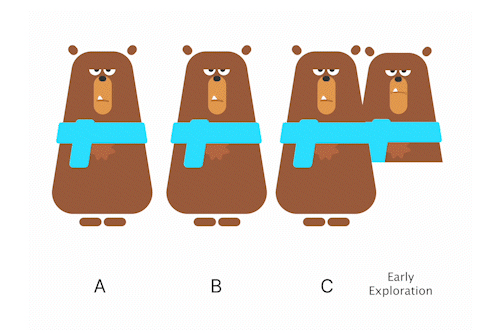
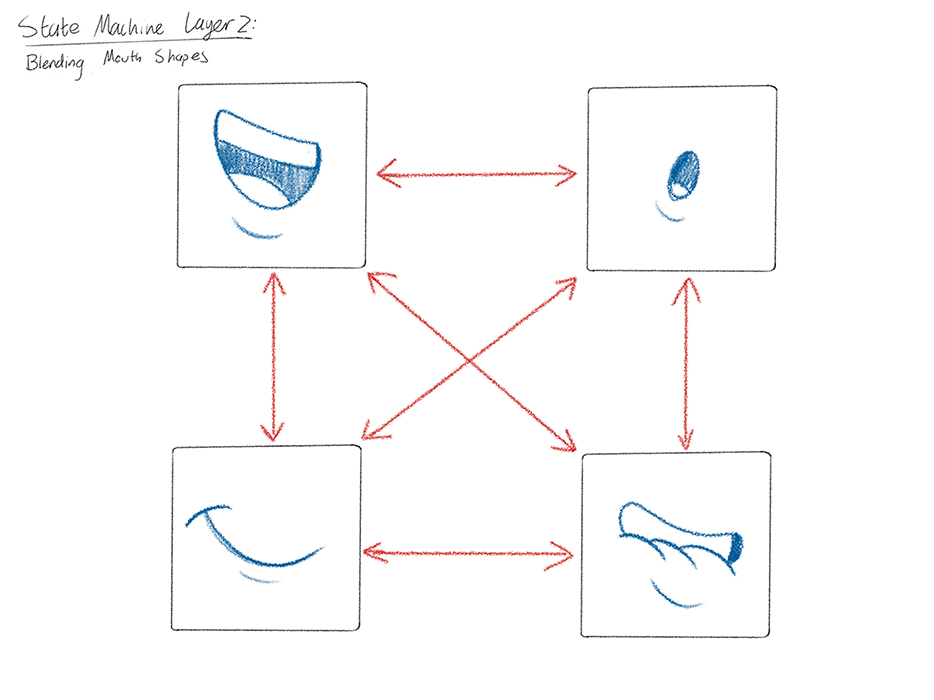
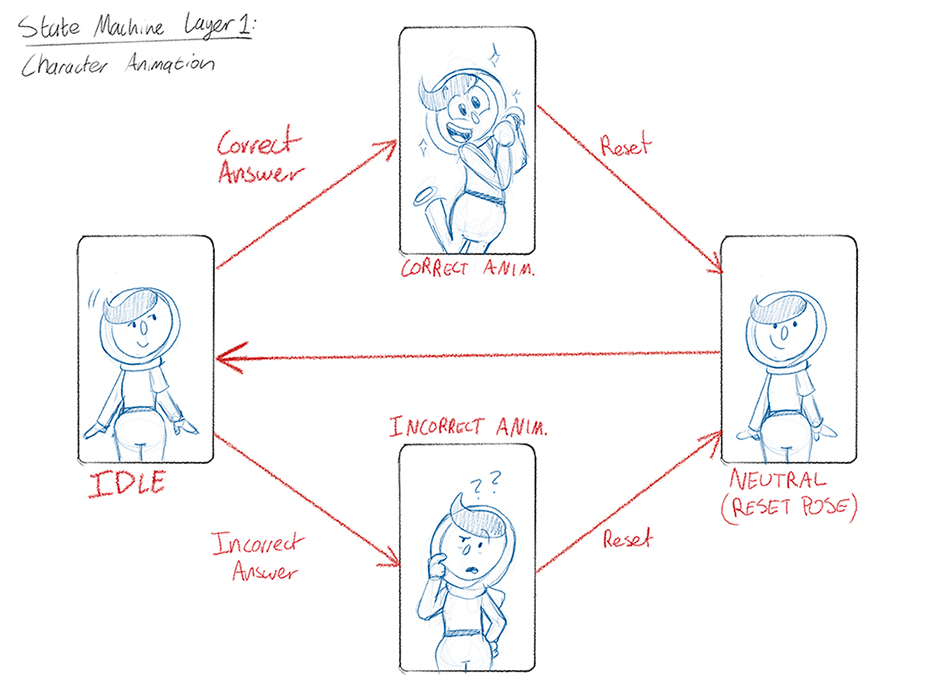
“I knew what the app was because I have friends who are not American [and] English is not their first language, and they’ve been using it to practice,” shared Vahidsafa. “I jokingly mentioned [applying], and they were like, ‘Oh yeah, go do it!’ So, I gave it a shot.”
The role at the time was an entry-level animator. To her surprise, they liked her portfolio and offered her the job.
Today, Vahidsafa says she has discovered that she quite enjoys app animation and loves the work she is doing. While she is not at liberty to speak about what she is currently developing for Duolingo, she briefly touched on the app’s internal strides in character development.
“I’m really liking how much Duolingo invests in their characters,” said Vahidsafa. “I can’t get too into it, but there’s [definitely] a passion for good character animation. Even if it’s small, every frame counts.”
